Home>Furniture & Design>Bathroom Accessories>How To Get Pink Mold Off A Shower Curtain
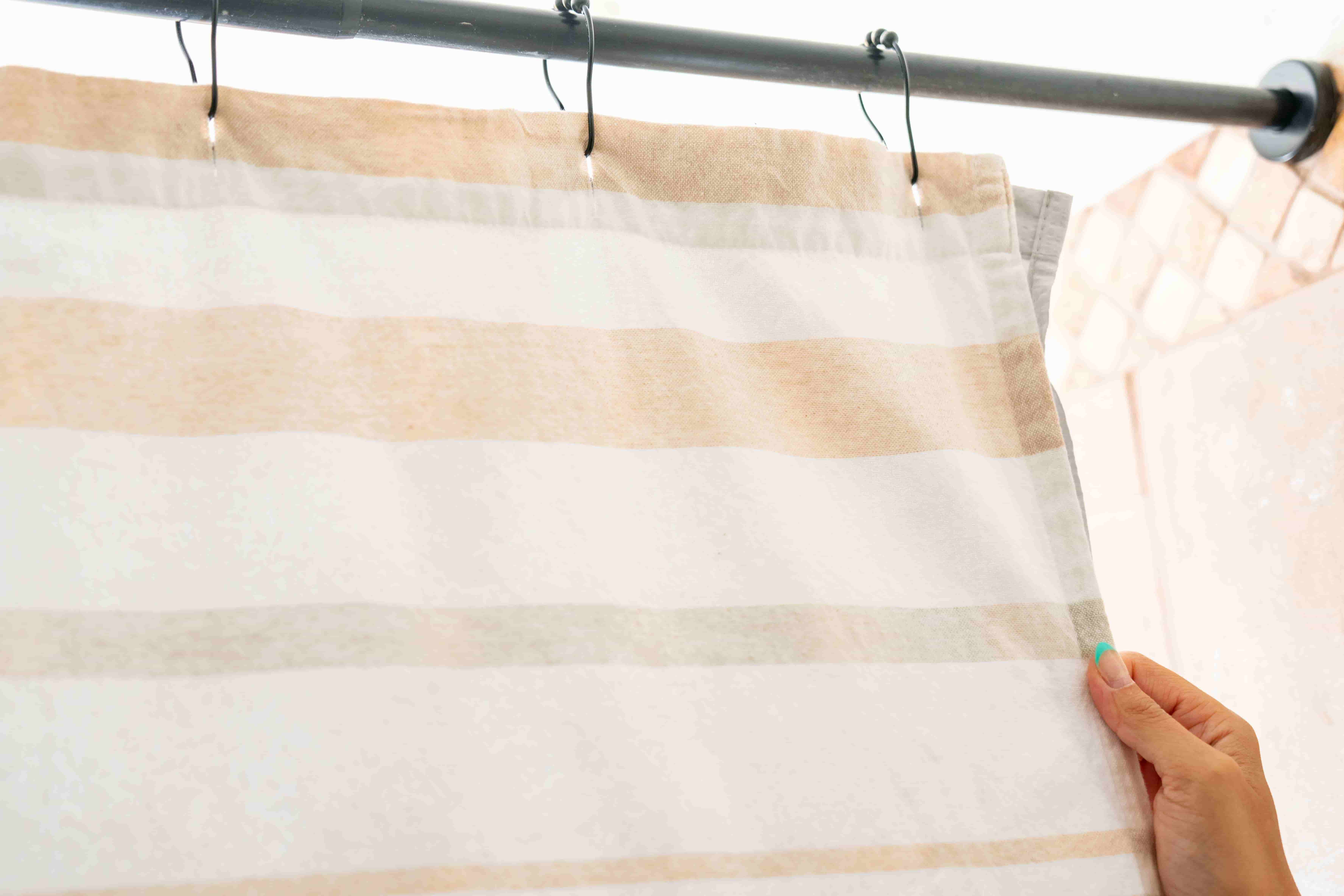

Bathroom Accessories
How To Get Pink Mold Off A Shower Curtain
Modified: February 18, 2024
Learn effective methods for removing pink mold from your shower curtain and keeping your bathroom accessories clean and mold-free. Say goodbye to pink mold with these helpful tips!
(Many of the links in this article redirect to a specific reviewed product. Your purchase of these products through affiliate links helps to generate commission for Storables.com, at no extra cost. Learn more)
Introduction
Dealing with pink mold on a shower curtain can be a frustrating and unsightly issue for many homeowners. This stubborn and unattractive discoloration is not only an eyesore but also a potential health concern. Fortunately, with the right approach, it is possible to effectively remove and prevent the growth of pink mold.
In this comprehensive guide, we will explore the ins and outs of dealing with pink mold on a shower curtain. From understanding what pink mold is to learning effective methods for its removal and prevention, this article will equip you with the knowledge and strategies needed to tackle this common bathroom nuisance.
So, if you've ever wondered how to get rid of pink mold on your shower curtain and keep it from coming back, you've come to the right place. Let's dive into the world of pink mold and discover the best ways to combat this pesky problem.
Key Takeaways:
- Say goodbye to pink mold on your shower curtain by using vinegar, baking soda, hydrogen peroxide, or a bleach solution. Regular washing and proper ventilation can help prevent its return.
- Keep your shower curtain pink mold-free by ensuring proper ventilation, regular cleaning, using mildew-resistant materials, exposing it to sunlight, and considering regular replacement. Prevention is key!
Read more: How To Clean Mold Off Shower Curtains
Understanding Pink Mold
Pink mold, despite its name, is not actually a mold but a type of bacteria known as Serratia marcescens. This bacterium thrives in damp, humid environments and is commonly found in bathrooms, particularly on shower curtains. It appears as a pinkish or reddish slimy film, often accompanied by a musty odor.
Serratia marcescens is known for its resilient nature, making it a persistent nuisance in bathrooms. It can spread rapidly in moist conditions, feeding on soap scum, body oils, and other organic matter commonly found in bathrooms. While it is not typically considered harmful to healthy individuals, it can pose risks to those with weakened immune systems or respiratory issues.
The presence of pink mold on a shower curtain is not only unsightly but also indicates a need for thorough cleaning and maintenance. Understanding the nature of this bacterium is crucial in effectively combating its growth and preventing its recurrence.
In addition to its appearance on shower curtains, pink mold can also be found on grout, tile surfaces, and other bathroom fixtures. Its ability to thrive in moist environments makes it a common problem in households with inadequate ventilation or high humidity levels.
It's important to note that pink mold should not be ignored, as it can spread and become increasingly difficult to remove if left unchecked. Therefore, addressing its presence promptly is essential in maintaining a clean and hygienic bathroom environment.
Now that we have a better understanding of what pink mold is and where it can be found, let's delve into effective methods for removing it from shower curtains and preventing its recurrence.
Removing Pink Mold from Shower Curtain
Dealing with pink mold on a shower curtain can be a daunting task, but with the right approach, it is possible to effectively eliminate this unsightly issue. Here are some tried and tested methods for removing pink mold from a shower curtain:
-
Vinegar and Baking Soda Solution: Create a cleaning solution by mixing equal parts of white vinegar and water. Apply the solution to the affected areas of the shower curtain and let it sit for 15-20 minutes. Next, sprinkle baking soda onto the dampened areas and gently scrub the surface using a soft-bristled brush. Rinse the curtain thoroughly with water and allow it to air dry.
-
Hydrogen Peroxide: Hydrogen peroxide is known for its disinfectant properties and can be effective in removing pink mold. Dilute hydrogen peroxide with water in a 1:1 ratio and spray it onto the affected areas of the shower curtain. Allow it to sit for 10-15 minutes before rinsing the curtain with water.
-
Bleach Solution: For more stubborn cases of pink mold, a diluted bleach solution can be used. Mix one part bleach with four parts water and apply the solution to the affected areas. Allow it to sit for 10-15 minutes, then thoroughly rinse the curtain with water. It's important to use caution when using bleach and ensure adequate ventilation in the bathroom.
-
Commercial Mold Removers: There are various commercial mold and mildew removers available in the market that are specifically formulated to tackle stubborn mold and bacteria. Follow the manufacturer's instructions for application and safety precautions when using these products.
-
Regular Washing: To prevent the recurrence of pink mold, it's essential to establish a regular cleaning routine for the shower curtain. Machine wash the curtain with a mild detergent and add a cup of white vinegar to the rinse cycle. Alternatively, consider using a laundry additive specifically designed to eliminate mold and mildew.
It's important to note that when cleaning a shower curtain, it's advisable to follow the care instructions provided by the manufacturer to avoid damaging the material. Additionally, regular maintenance and proper ventilation in the bathroom can help prevent the growth of pink mold on the shower curtain.
By employing these effective cleaning methods and incorporating regular maintenance into your bathroom care routine, you can successfully remove pink mold from your shower curtain and maintain a clean, hygienic environment in your bathroom.
To get pink mold off a shower curtain, mix equal parts water and white vinegar in a spray bottle. Spray the affected areas, let it sit for 15 minutes, then scrub with a brush and rinse thoroughly. Repeat if necessary.
Preventing Pink Mold Growth
Preventing the growth of pink mold on a shower curtain requires a proactive approach to maintaining a clean and moisture-controlled bathroom environment. By implementing the following preventive measures, you can significantly reduce the likelihood of pink mold recurrence and ensure a hygienic and visually appealing shower curtain:
-
Proper Ventilation: Adequate ventilation is crucial in preventing the buildup of moisture, which creates an ideal environment for pink mold to thrive. Ensure that your bathroom is well-ventilated during and after showering. If your bathroom is equipped with an exhaust fan, use it to expel excess moisture from the air. Additionally, leaving the bathroom door or window open after showering can facilitate air circulation and aid in moisture evaporation.
-
Regular Cleaning Routine: Establishing a regular cleaning schedule for your shower curtain is essential in preventing the accumulation of organic matter that serves as a food source for pink mold. After each shower, take a moment to wipe down the shower curtain with a squeegee or towel to remove excess water and minimize moisture retention. Additionally, incorporate a weekly cleaning routine using a mild detergent and water to remove any potential mold spores and prevent their proliferation.
-
Use of Mildew-Resistant Materials: When selecting a new shower curtain, opt for materials that are specifically designed to resist mildew and mold growth. Look for shower curtains labeled as mildew-resistant or treated with antimicrobial agents. These curtains are designed to inhibit the growth of mold and bacteria, providing an added layer of protection against pink mold.
-
Sunlight Exposure: Sunlight is a natural enemy of mold and bacteria. Whenever possible, expose your shower curtain to direct sunlight by opening nearby windows or hanging the curtain outside for a brief period. Sunlight not only helps to dry out the curtain but also acts as a natural disinfectant, inhibiting the growth of pink mold and other microbes.
-
Regular Curtain Replacement: Over time, shower curtains may become susceptible to mold growth due to wear and tear. Consider replacing your shower curtain every few months or as soon as signs of mold or mildew become apparent. This proactive approach ensures that you are not inadvertently providing a breeding ground for pink mold to flourish.
By incorporating these preventive measures into your bathroom maintenance routine, you can effectively minimize the risk of pink mold growth on your shower curtain. Consistent vigilance and proactive maintenance are key to creating a clean, healthy, and mold-free bathroom environment.
Remember, prevention is the best defense against pink mold, and by implementing these strategies, you can enjoy a fresh and pristine shower curtain for the long term.
Conclusion
In conclusion, dealing with pink mold on a shower curtain requires a proactive approach that encompasses both effective cleaning methods and preventive measures. Understanding the nature of pink mold, its propensity for thriving in moist environments, and the potential health concerns associated with its presence is crucial in addressing this common bathroom nuisance.
By employing the recommended cleaning methods, including the use of vinegar and baking soda solutions, hydrogen peroxide, diluted bleach solutions, and commercial mold removers, homeowners can effectively eliminate pink mold from their shower curtains. Additionally, establishing a regular washing routine and following the manufacturer's care instructions can aid in preventing the recurrence of pink mold and maintaining a clean and hygienic shower curtain.
Furthermore, implementing preventive measures such as ensuring proper ventilation, establishing a regular cleaning routine, selecting mildew-resistant materials, exposing the curtain to sunlight, and considering regular curtain replacement can significantly reduce the risk of pink mold growth. These proactive measures not only contribute to a visually appealing bathroom environment but also promote overall cleanliness and hygiene.
It's important to emphasize the significance of consistent maintenance and vigilance in preventing the growth of pink mold. By integrating these strategies into their bathroom care routine, homeowners can enjoy a mold-free and aesthetically pleasing shower curtain while minimizing the potential health risks associated with pink mold.
Ultimately, addressing pink mold on a shower curtain is not only about maintaining a clean and attractive bathroom but also about creating a healthy and safe environment for occupants. With the knowledge and strategies outlined in this guide, individuals can confidently tackle the challenge of pink mold and take proactive steps to ensure a mold-free and inviting bathroom space.
In conclusion, by combining effective cleaning methods with proactive preventive measures, homeowners can successfully combat pink mold on their shower curtains and maintain a pristine and hygienic bathroom environment for the long term.
Frequently Asked Questions about How To Get Pink Mold Off A Shower Curtain
Was this page helpful?
At Storables.com, we guarantee accurate and reliable information. Our content, validated by Expert Board Contributors, is crafted following stringent Editorial Policies. We're committed to providing you with well-researched, expert-backed insights for all your informational needs.

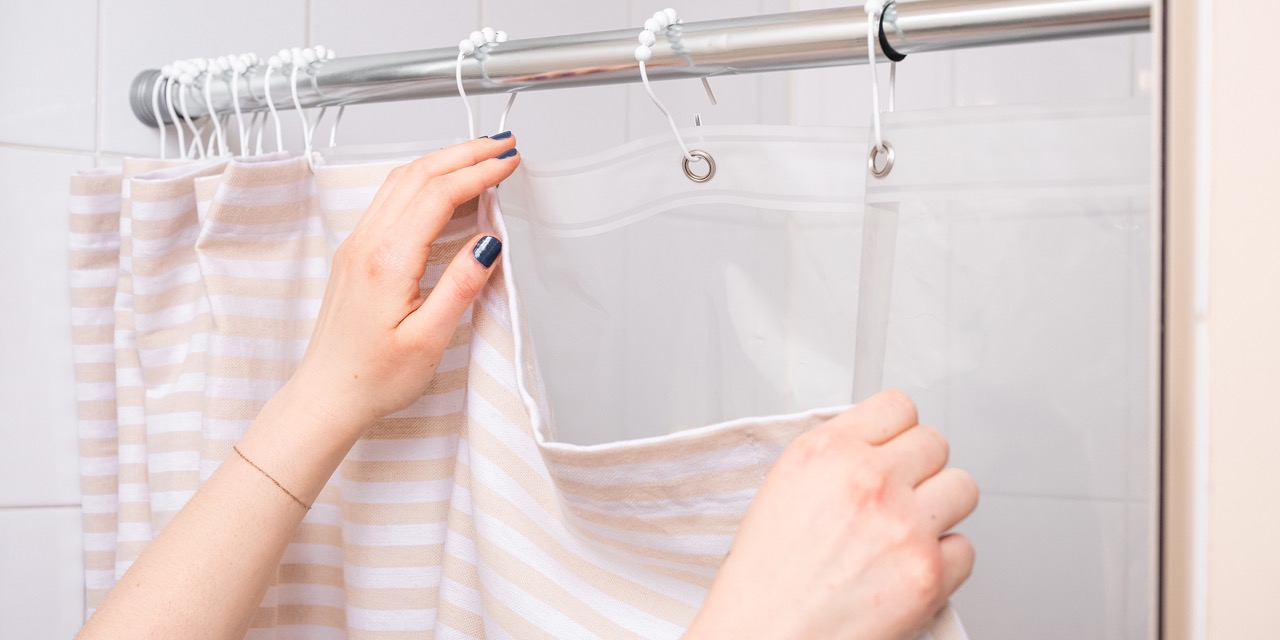

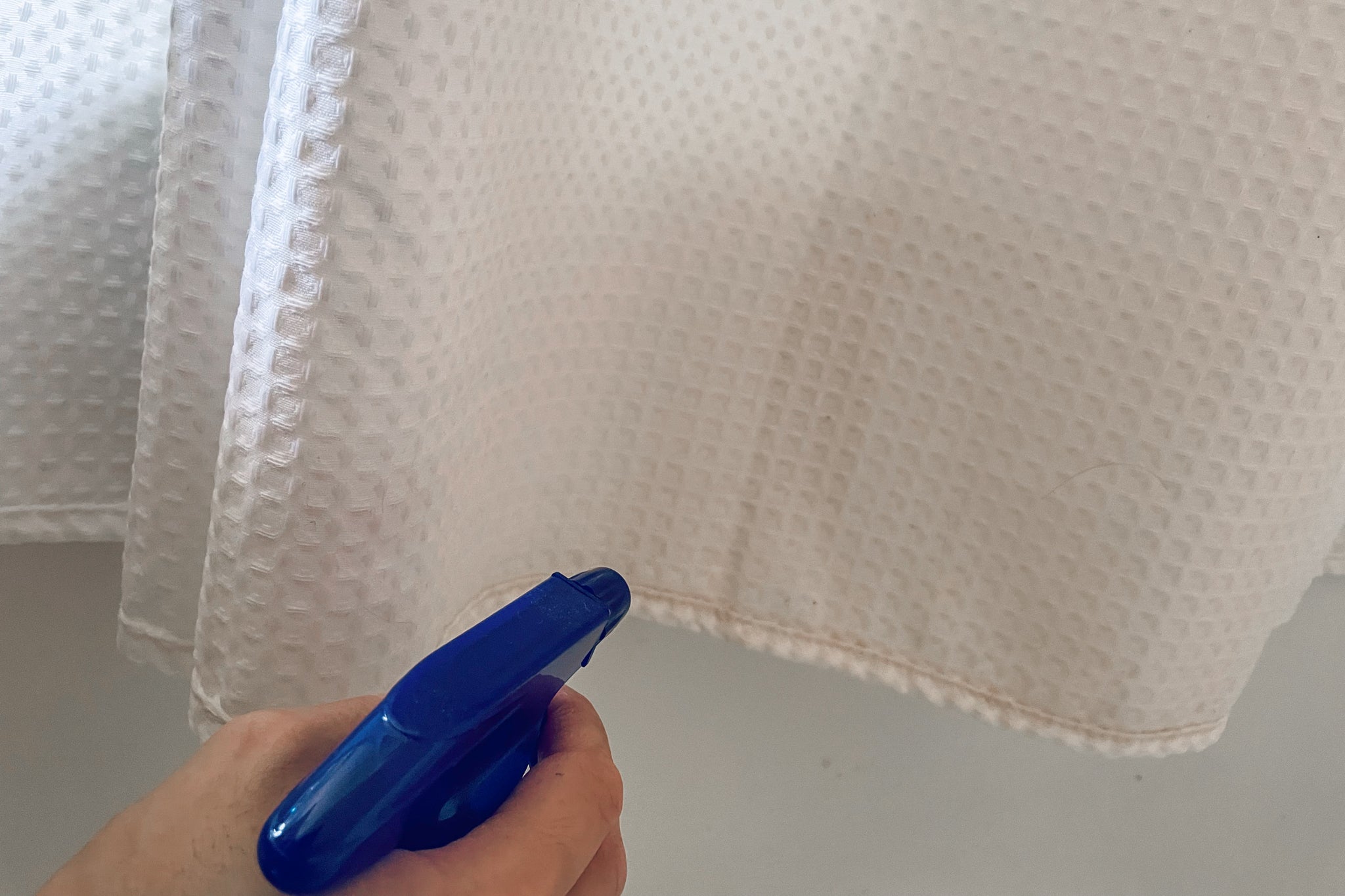

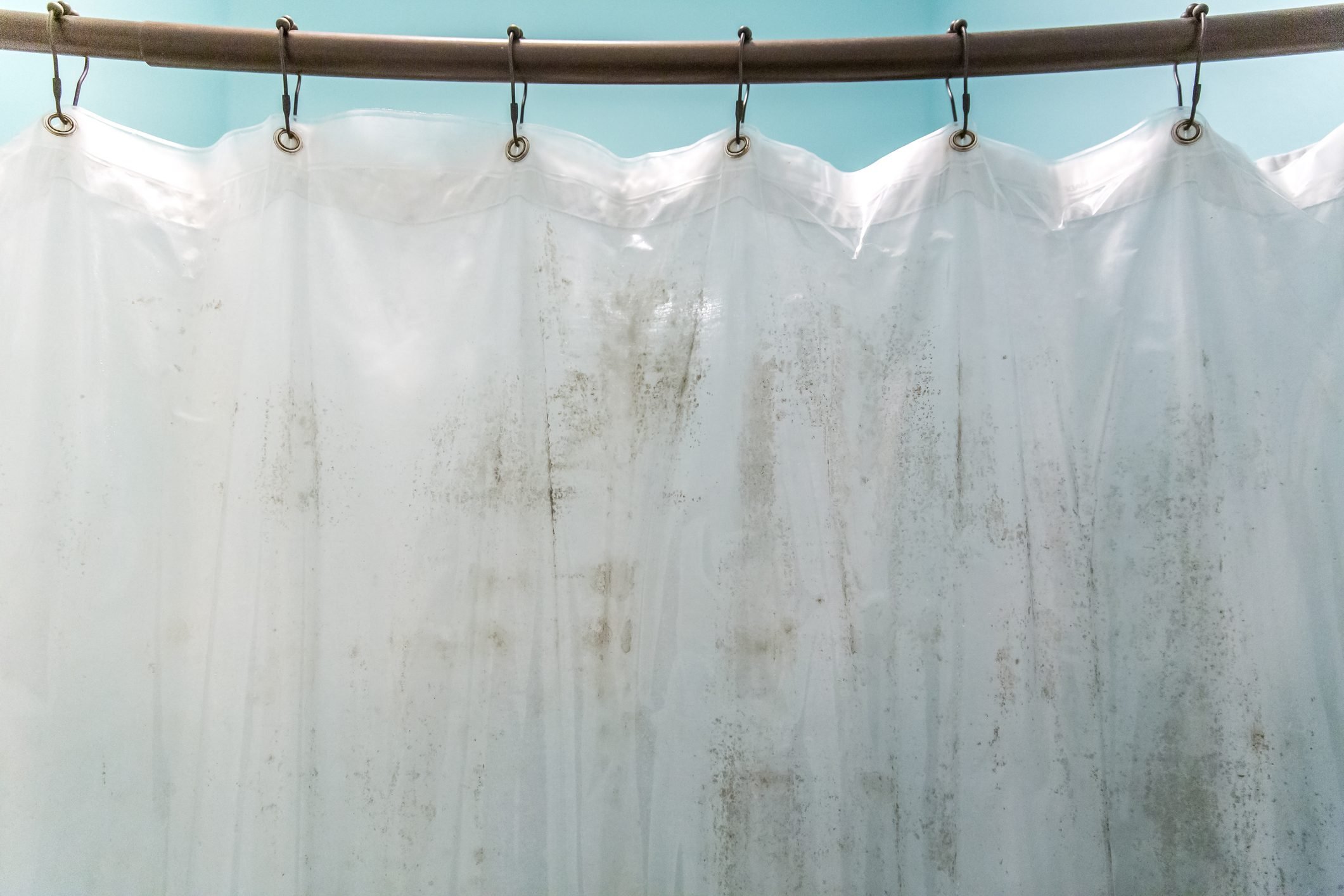
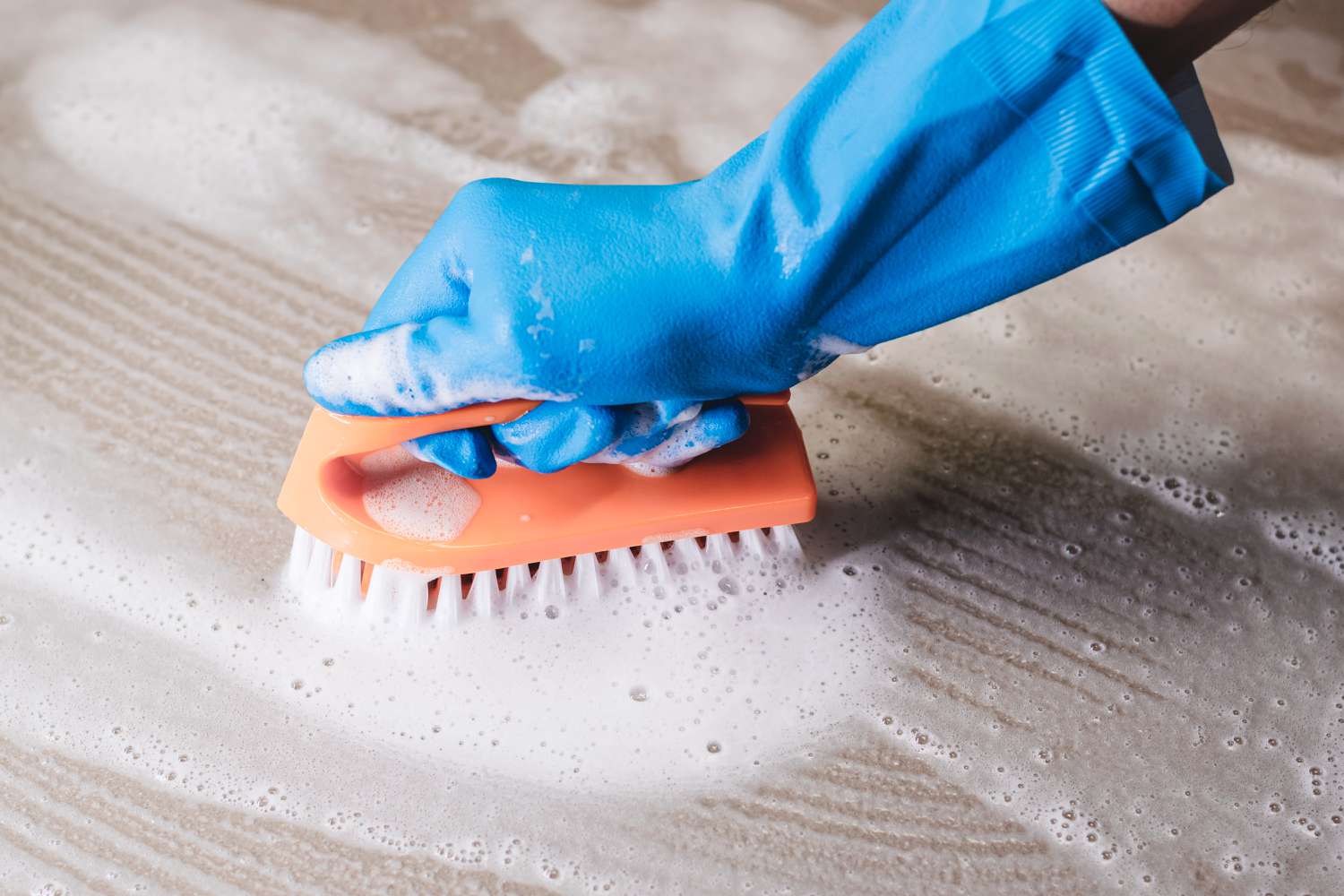
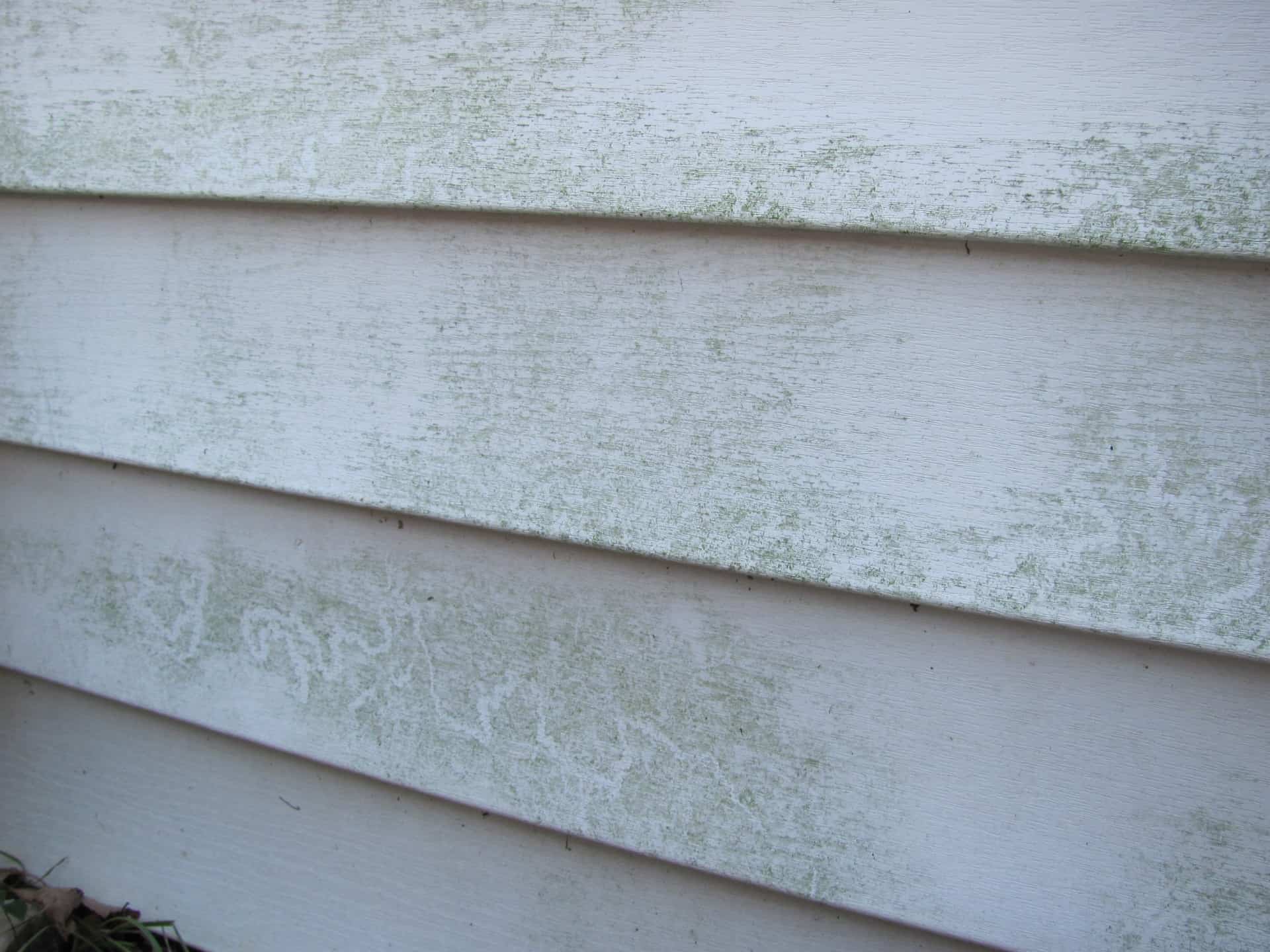
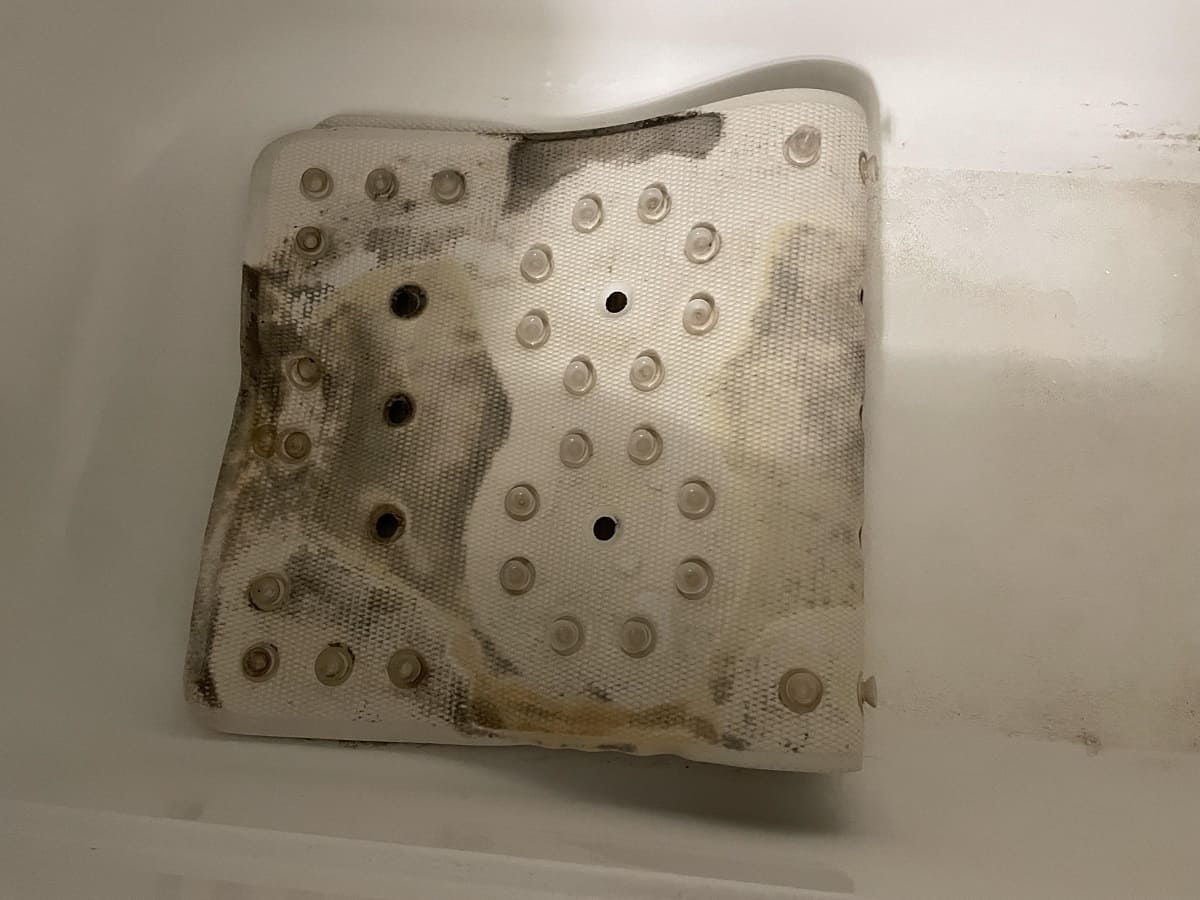


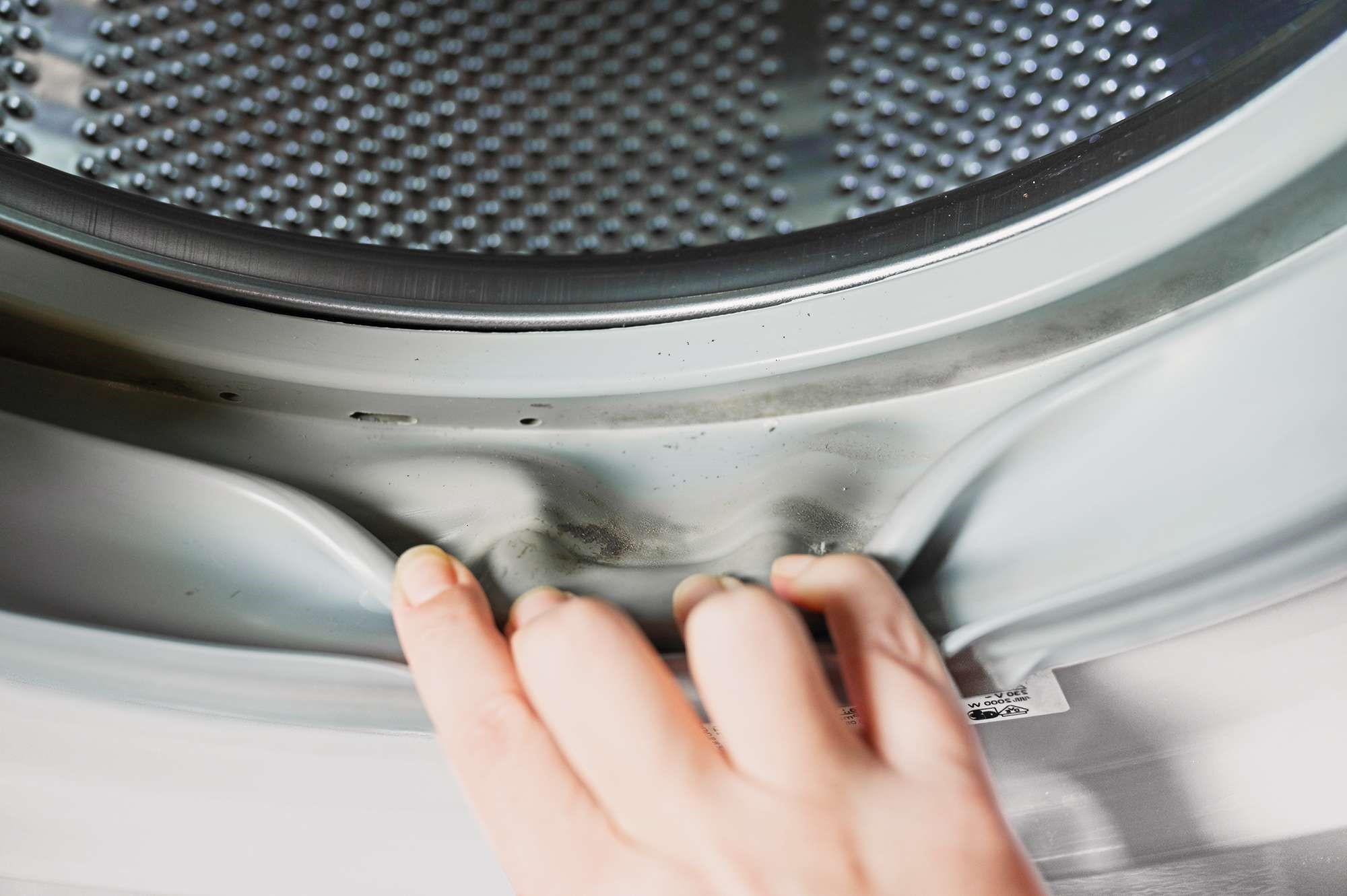
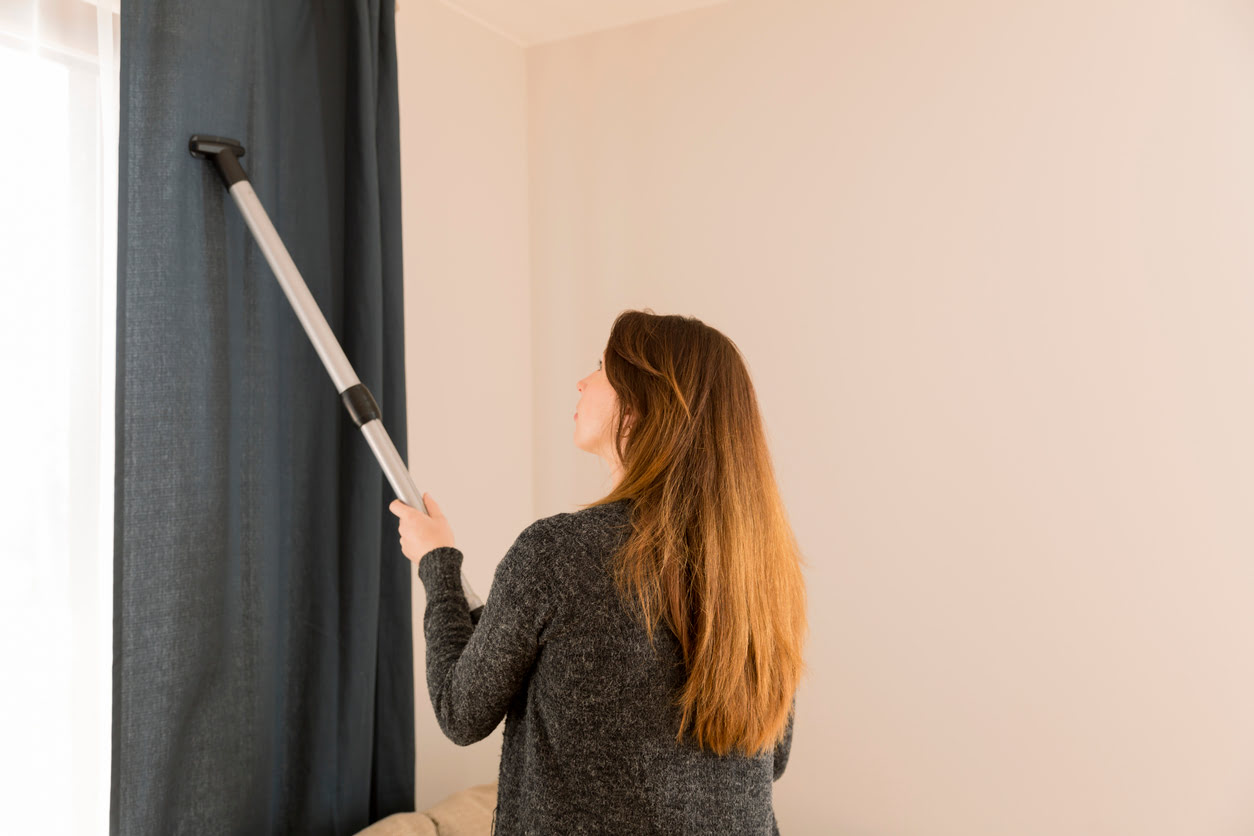
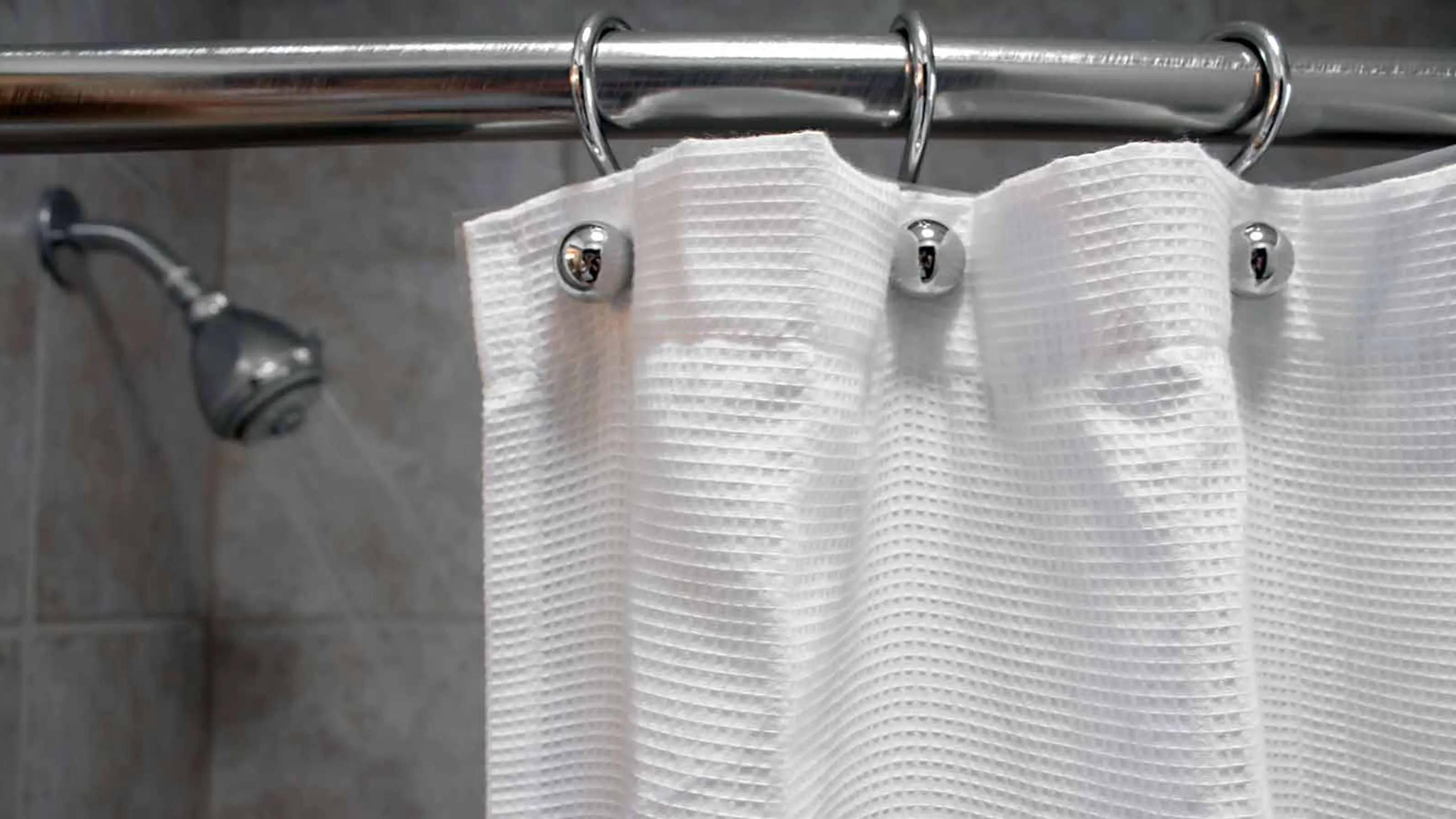
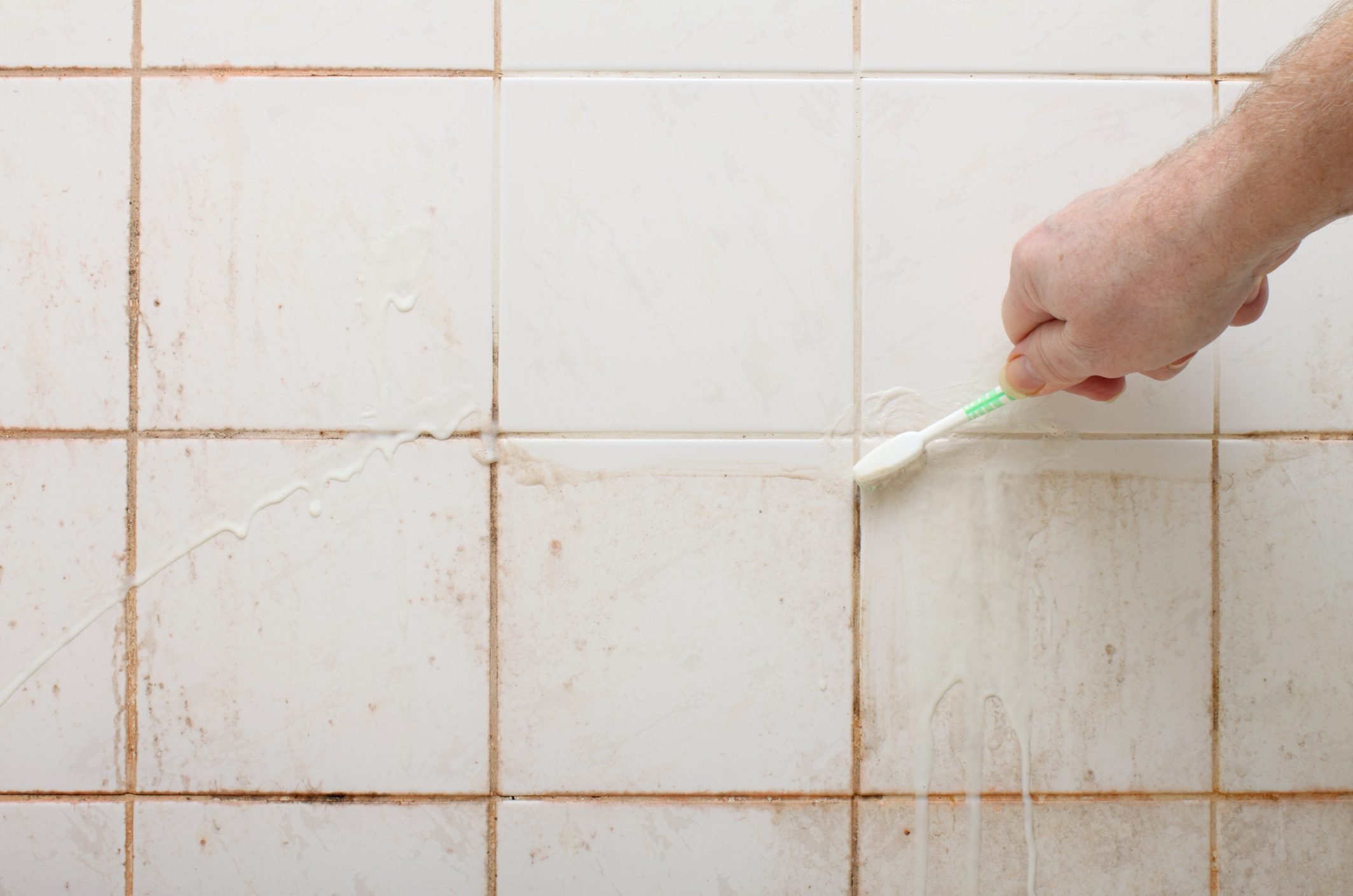

0 thoughts on “How To Get Pink Mold Off A Shower Curtain”